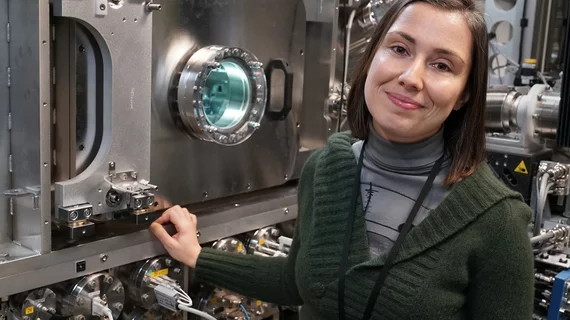Team at US Department of Energy laboratory develops new imaging technique
Researchers at the U.S. Department of Energy’s Brookhaven National Laboratory in Upton, New York, have developed a novel x-ray imaging technique for visualizing materials too thick to be imaged by existing methods. The team wrote about its findings in a recent paper published in Optica.
The scientists responsible for this breakthrough developed the technique at Brookhaven’s National Synchrotron Light Source II (NSLS-II), a state-of-the-art facility and home to the Hard X-Ray Nanoprobe (HXN) beamline. HXN researchers work on producing “remarkably high-resolution images” that help scientists view materials in both 2D and 3D.
“The x-ray imaging community is still facing major challenges in fully exploiting the potential of beamlines like HXN, especially for obtaining high-resolution details from thick samples,” Yong Chu, lead beamline scientist at HXN, said in a prepared statement from Brookhaven. “Obtaining quality, high-resolution images can become challenging when a material is thick—that is, thicker than the x-ray optics’ depth of focus.”
While traditional 3D imaging is limited by the capabilities of most x-ray microscopes, this novel technique involves using special HXN optics to work around those limitations. The team is now able to visualize two layers of nanoparticles separated by a distance 1/10 the diameter of a human hair. This newer method is also noticeably faster than prior methods.
“This development provides an exciting opportunity to perform 3D imaging on samples that are very difficult to image with conventional methods—for example, a battery with a complicated electrochemical cell,” Chu said in the same statement.

